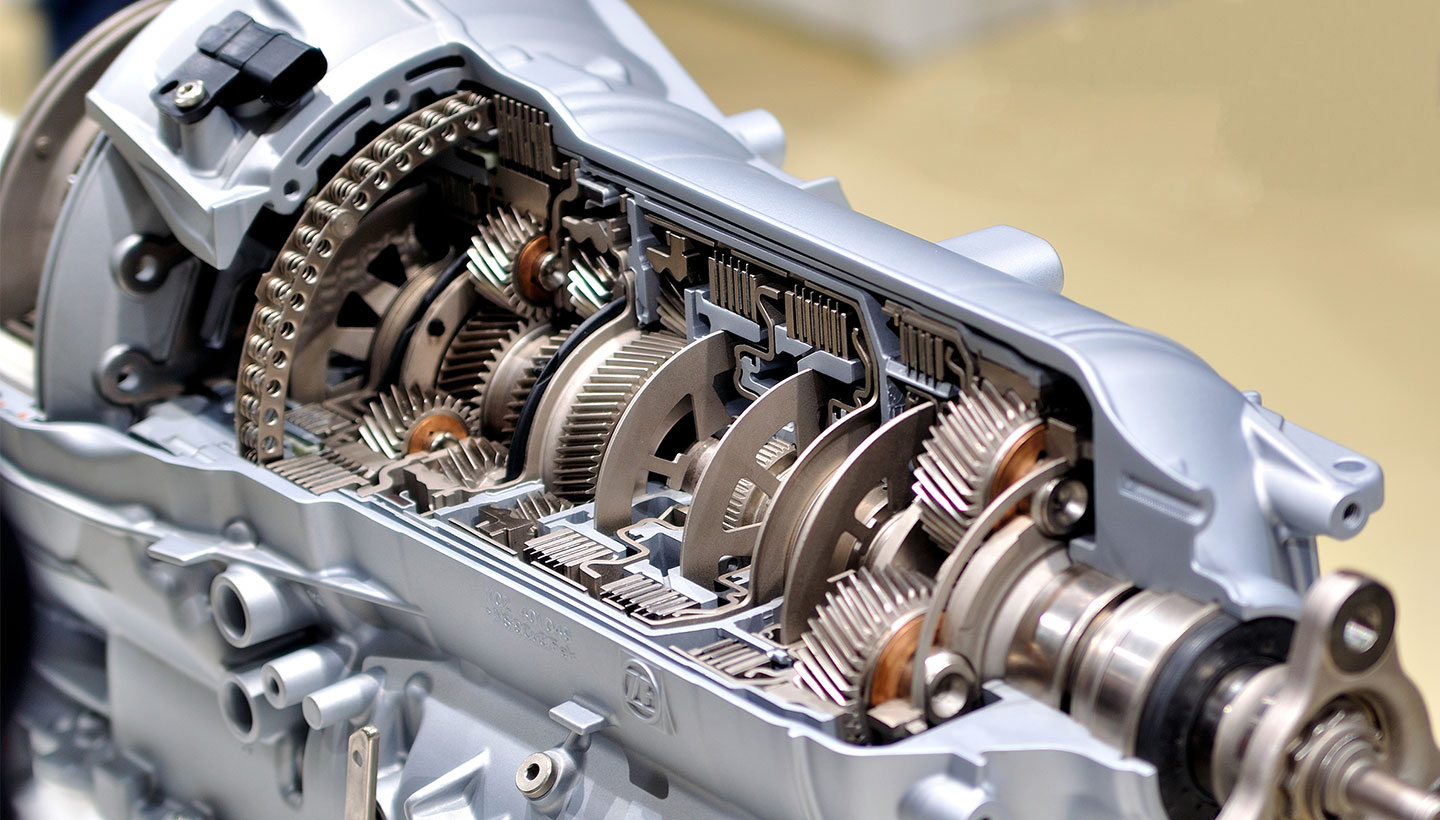Mobile:+86-311-808-126-83
Email:info@ydcastings.com
Copper Pipe Cap for Plumbing and Repair Applications in Home Projects
The Versatility of Copper Pipe Stoppers A Comprehensive Overview
In the world of plumbing and mechanical engineering, copper pipe stoppers play a crucial role. These small yet essential tools are vital for preventing leaks, ensuring proper flow, and maintaining system integrity. Their design and versatility make them a preferred choice for professionals and DIY enthusiasts alike.
Understanding Copper Pipe Stoppers
Copper pipe stoppers, sometimes referred to as pipe caps or plugs, are fittings used to close off the end of a copper pipe. They come in various sizes and shapes, designed to match standard copper pipe diameters. Copper, known for its excellent corrosion resistance and thermal conductivity, is an ideal material for plumbing applications. This robustness is especially important in systems that deal with water transportation, heating, and cooling.
Importance in Plumbing Systems
Plumbing systems often require modifications, whether due to repairs or routine maintenance. Copper pipe stoppers provide a practical solution for sealing off sections of the piping network, making it easier to work on different parts without the need to drain the entire system. They are commonly used in residential, commercial, and industrial applications where the integrity of the plumbing system is paramount.
By using copper pipe stoppers, plumbing professionals can prevent backflow and leaks, which could lead to costly damage and repairs. When a pipe must be temporarily taken offline, a stopper ensures that water continues flowing in other areas of the system without interruption.
Installation Process
Installing a copper pipe stopper requires a few simple steps, making it accessible for those who wish to undertake DIY plumbing projects.
copper pipe stopper

1. Tools Required Basic tools such as a pipe cutter, deburring tool, soldering iron or propane torch, and flux are necessary for the installation process. 2. Cutting the Pipe First, the section of the pipe that needs to be capped is carefully cut using a pipe cutter. It is critical to ensure a clean, straight cut to make the installation seamless.
3. Deburring After cutting, the edges of the pipe should be deburred to remove any sharp edges that may hinder the installation of the stopper. This step is crucial for preventing leaks.
4. Applying Flux Flux is applied to both the pipe and the stopper to create a secure bond when soldering.
5. Soldering With the fit properly aligned, heat is applied using a soldering iron or propane torch to melt the solder. This will create a strong, leak-proof seal once cooled.
Advantages of Copper Pipe Stoppers
One of the primary reasons for choosing copper stoppers over alternatives is durability. Copper resists corrosion better than other metals, and its longevity often surpasses that of plastic options, especially in high-temperature environments. Additionally, copper has antimicrobial properties, making it a hygienic choice for water systems.
Copper pipe stoppers also allow for easy dismantling and reconfiguration. Should changes be necessary in the plumbing setup, these stoppers can be removed and replaced with minimal hassle, allowing for flexibility in design.
Conclusion
In conclusion, copper pipe stoppers are indispensable components in plumbing and various industrial applications. Their durability, ease of installation, and effectiveness in preventing leaks make them an essential item for both professionals and DIY enthusiasts. As plumbing systems continue to evolve, the role of high-quality materials like copper will remain crucial for maintaining efficient and reliable infrastructures. Whether in a residential home or a large industrial facility, the humble copper pipe stopper is a small yet significant part of ensuring water flow integrity and system performance.
-
Impeller Technology That Powers Precision in Pump SystemsNewsMay.22,2025
-
Valve Durability Begins with Quality Cast Iron ComponentsNewsMay.22,2025
-
Performance Cooling with Advanced Automobile Water Pump SolutionsNewsMay.22,2025
-
How Motor Housing and Oil Pans Shape Engine PerformanceNewsMay.22,2025
-
How Metal Castings Drive Modern Manufacturing EfficiencyNewsMay.22,2025
-
Exploring the Engineering Behind Valve Body CastingsNewsMay.22,2025











